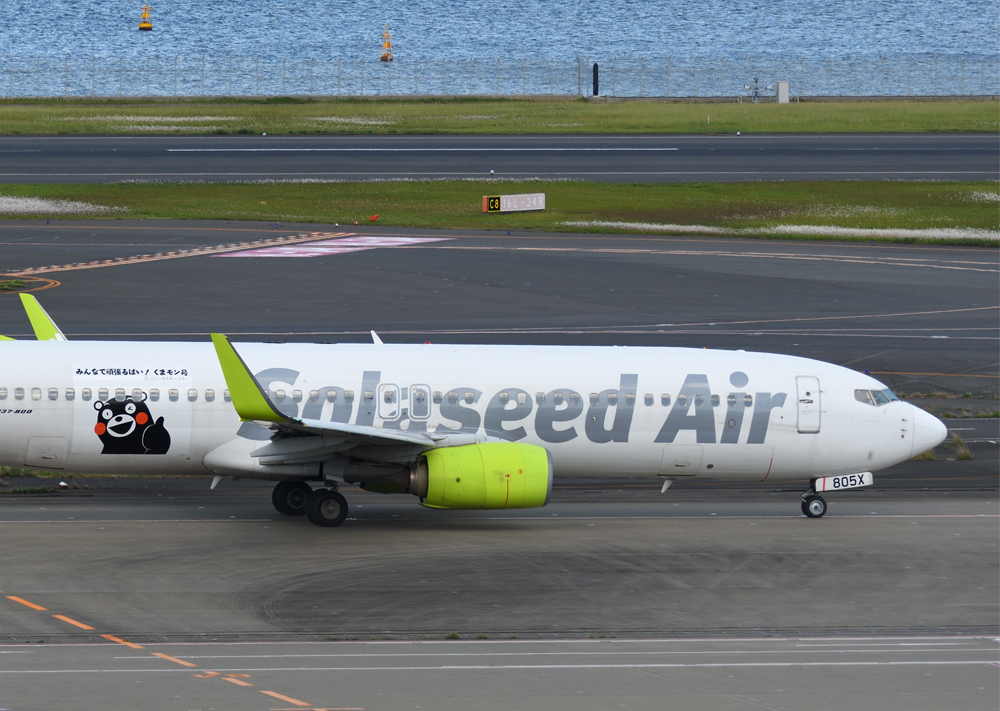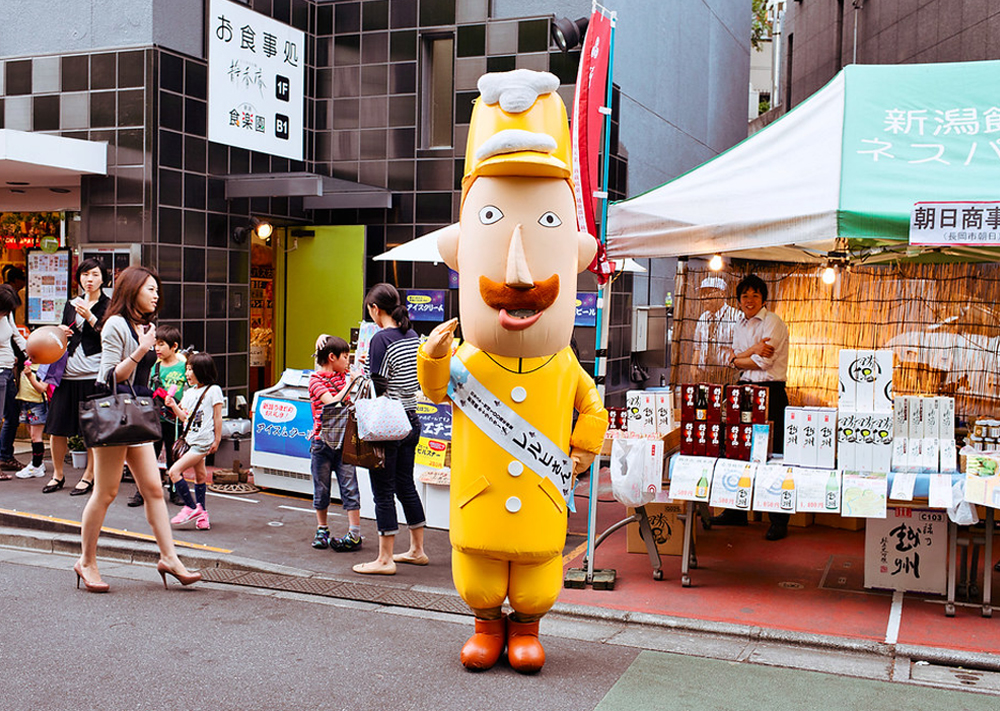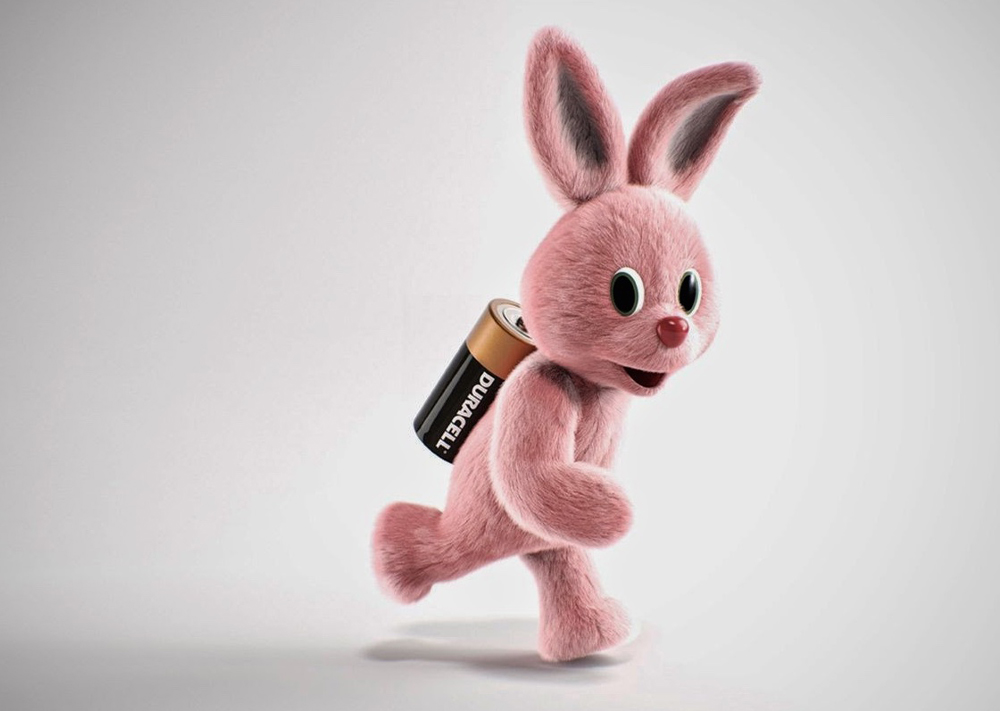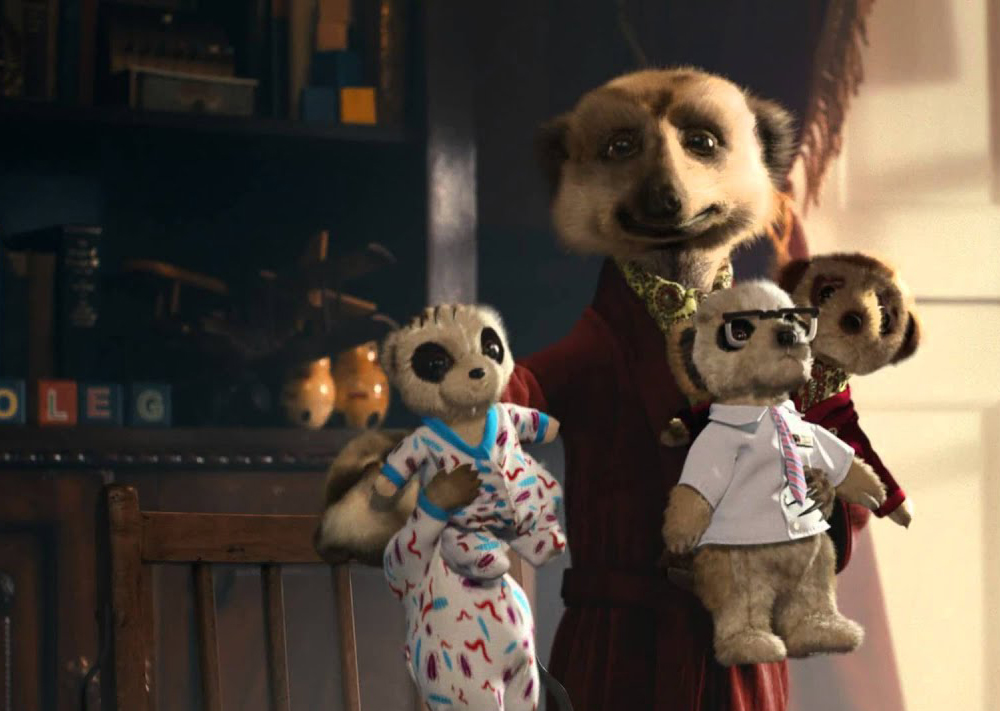New series – Around the world in 80 brands: Making mascots in Japan
May 31, 2024Words by Dalia Jaffar
Great branding is global: but why?
Great branding, like any artistic medium, is an amalgamation of influences and ideas. Think typography borrowed from Bauhausian sans-serif; colour palettes commandeered from the cool billboards of the 90s. That’s not to diminish the importance of originality but rather to say that the best designs are irrefutably the product of what has come before in one way or another.
As one of Manchester’s leading branding agencies, we’ve been the creative consort to some of the biggest brand and marketing campaigns this side of 2005. This puts us in the privileged position of having seen decades’ worth of design ideas that hark back to a plethora of sources. An exposure that makes our job as a creative agency, one that involves distilling our nerdy knowledge of design into a catalogue of well-formed ideas for each of our clients.
When a client approaches us with a brief, we begin by auditing all that inspiration, accrued from all manner of countries and cultural moods. In our studio while one graphic designer may be well up on Scandi style, another will be fluent in the ethos of Southeast Asian design, while another may know more than most about the punk epoch of the 80s. This process is our creative catalyst and the inner workings of our engine room. It’s our special power too. Because in reality any request – be it a rebrand or a new campaign idea – is at its core a request to access this sacred space of ideas and knowledge.

Around the World in 80 Brands
And whilst we’re not set to share all our secrets here – this is your front-row seat to some of them. Our next blog series Around the World in 80 Brands will take you on a journey. Whether you’re a business founder looking to reconnect with your audience or a budding designer bringing visions to life – come with us as we globetrot through our marvellous world, pinpointing the origin of different branding constructs.
We want to show you the marketing director, you the graphic designer, you the brand manager, and all other marketing and branding heads – that great branding comes with a multinational passport. It speaks every language and shakes hands with every culture. Its roots may span all seven continents or trace from just one. From Australia to India, we’ll reveal the context of many iconic design devices, motifs and styles. Permitting you access to our creative vocabulary, so that you too can learn to speak the universal language of great branding.
Welcome to Japan: home of creative combinations and brand characters
To begin, let’s drop our pin in Japan. A melting pot of creativity, this a country bursting with design inspiration across all corners of its culture. Take its foodie scene. From viral bubble tea to its most famous export, sushi, to carbonara ramen, the latest trend to sweep through the streets of Tokyo. The food of Japan is about creative combinations designed to ignite not just the taste buds, but a sense of fun.

With its metronomic rhythm and frenzy of billboard lights, Tokyo is also a city of ambition. Home to millions of white-collar workers who dedicate their days to working their way up the ladder of giant conglomerates – Japan is a place where hard work begets reward, making fun a big commodity in Japan. J-pop, Japan’s most popular genre of upbeat radio-friendly music, hinges on a positive can-do attitude that attracts fans from all demographics. And there’s anime, an instantly recognisable cartoon style known the world over as being quintessentially Japanese. Fans of anime are perhaps even more likely to be adults than they are to be children, with far fewer societal rules on who can enjoy what when it comes to creative expression and entertainment.
Japanese culture into creative branding
This sense of fun and creativity also spills into the way many Japanese brands communicate with their audiences. Marketing directors often anoint a mascot or character to become the face of their latest campaign. This is known as ‘Yurukyara,’ which translates directly as ‘loose characters’ and these brand mascots are used across Japan to serve as honorary brand ambassadors for a wide variety of goods and services. We’re not just talking about the likes of Pikachu here – the globally recognised face of the Pokemon franchise. But rather, countless successful businesses creating effective branding using cartoon-style mascots. In fact, Yurukyara has become so popular and lucrative that character-driven sales are now reaching nearly $16 billion in Japan.


These mascot designs are often ultra-simple and highly stylised to create cute-looking creatures that have some connection to local culture, history or even a locally produced product. Take Kumamon for example. Born in 2010 to promote tourism in Kumamoto Prefecture, Southern Japan, Kumamon has a peculiar dreamlike aura, a cheeky mischievousness and a demeanour designed to make people smile. Then there’s Lerch-san a Nigel Thornberry-meets-Wes Anderson-looking humanoid character who is the face of Japan’s Niigata Prefecture ski area. These charming little characters are not life-sized versions of children’s toys, but rather iconic brand emblems loved by a nation. And it turns out, this is a hugely successful advertising device deployed to boost brand awareness, increase brand recall and ultimately drive profitable brand loyalty amongst a significant audience.

The brands paying homage to Japanese style
No surprise then that crafting a character to be your brand’s frontperson is a trend that’s catching on amongst some of the world’s biggest brands. There’s Duracell – the battery-charged bunny with supercharged energy. And Churchill – the English bulldog whose activity is limited to head nodding while assuming his position in the backseat of a car and lackadaisically promoting insurance. What is so effective about this kind of character is that they fit perfectly with the brand identity and narrative. They also make the product in question far more interesting and appealing than it is. In a lacklustre market of home insurance and batteries, it’s a device that when executed correctly – can be the making of a household name.


Another success story of mascot-driven branding is the Russian Meerkat duo Aleksandr Orlov and Sergei used since 2009 by the Australian financial comparison website Compare the Market. Hinging on the fact Aleksandr, a Russian aristocrat, had spotted his favourite comparison site becoming infiltrated by those looking for insurance, rather than high net worth meerkats. And so ensued a now 15-year run of meerkat mad marketing – proved so popular that in 2019 the familiar phrase ‘Simples’ made it into the Oxford dictionary. 70% of the company’s growth is due to the meerkats in the UK, but an even more interesting element of this advertising campaign is Aleksandr Orlov’ Twitter (X) account. The UK’s first Twitter account for an advertising character – it doesn’t tweet special offers, or links to the insurance website. Instead, Orlov doesn’t even mention the company’s name. Impressive that this character has been going for so long, that it only needs to promote itself to still succeed in bringing traffic to the comparethemarket.com site.

Those are all examples of more mundane products and services made interesting by invoking the Yurukyara brand device, but there are cooler players too who opt to give their brand a cute face. BAPE (A Bathing Ape) is one of the original streetwear icons, with deep roots in hip-hop and street culture. BAPE’s origins can be traced back to the Harajuku scene in Toyko in the early 1990s – where founder Nigo opened his first store. Channelling the artistic direction of his home nation along with a love for the 1968 film Planet of the Apes, Nigo coined the iconic BAPE logo which also refers to the Japanese idiom ‘A bathing ape in lukewarm water.’ The phrase is used to describe somebody who overindulges, making it a tongue-in-cheek reference to the same hyper-consumptive youth that would eventually form the cornerstone of BAPE.

How to characterize your brand
Here at Glorious, we have helped many clients christen a character into their brand. The Grumpy Goat – a Reading-based delicatessen selling artisan cheese, beer and spirits – approached us looking for a rebrand. It needed to be one which showcased not only the premium and locally sourced produce but also captured the personality and knowledge of a friendly team. Already happy with the brand name, we knew we needed to create a namesake character, making this hairy-horned mascot the embodiment of what the brand represents. We worked on a full characterisation of the furry frontman – understanding who he was, what he wore and his role in the company. This gave life to a robust and well-thought-out brand identity that could be translated into many different marketing outputs, from a fleet of delivery vans to staff uniforms.


Disputed Claims was another client who felt poised for Yurukyara. Every year thousands of claims are turned down by insurance companies, many of which appear to be perfectly valid. Our client was looking to change that offering legal support on a ‘no win, no fee’ basis. To launch, we needed to create a brand positioning, brand name, brand identity, website and TV commercial. Calling on the aforementioned ideas process, our light bulb moment came in the biblical story of David and Goliath. Anointing the two characters as ‘Underdog Peter’ and ‘Ian Insurance Company’ these became the stars of both offline and online marketing channels. The initial storyline was of course the age-old tale of the underdog, but we also ensured that these guys had legs. And just like the meerkats, could go on to be used as a design device in future iterations of the campaign.


If all that talk of brands turning to the Japanese art of Yurukyara has inspired your next marketing creative, we’re here to bring your character to life. From rebrands to website design, to full-scale marketing strategy and delivery – let’s make your glorious mascot today.
But before that – let’s help you on your way with a few top tips for taking heed from Japanese branding:
1. Think style and substance when it comes to characterisation: When outlining your brand character in a way that is typically Yurukyara – you need to think about both what’s on the inside and its physical exterior. It should look lovable, friendly and as much at home in a children’s nursery as it is on your digital marketing channels. But it also needs depth, a connection to your brand narrative and purpose. Whether it’s a clever play on metaphors (think BAPE and Disputed Claims) or a more obvious connection – give your mascot meaning.
2. Inject fun without age limits: Japanese culture is infused with ageless fun. Remember karaoke is just as much a hobby for working adults as it is for teenagers. So create a Tone of Voice that’s engaging and conversational written in a way that directly addresses your audience with a friendly, personal energy.
3. Make room for narrative outside of the immediate campaign: Consider your character a story outside of the first campaign. At the time of strategy planning, it’s worth setting out a broader context that stretches beyond the script you need to begin with. This way, your character could even land a Twitter (X) account to rival that of Mr. Orlov.
What to bring your next branding project to life? Get in touch.
Mailing List
Sign up to our mailing list to receive all the latest news.
Check out our privacy policy for the full story on how we protect & manage your submitted data.
